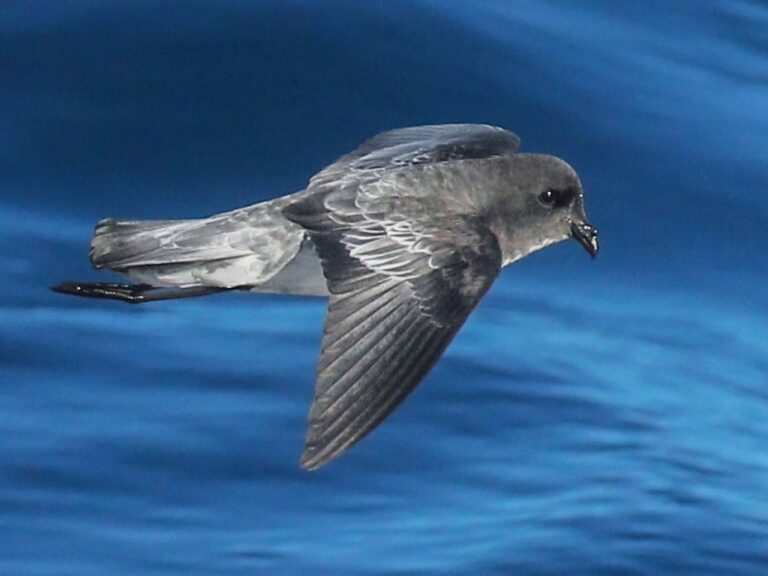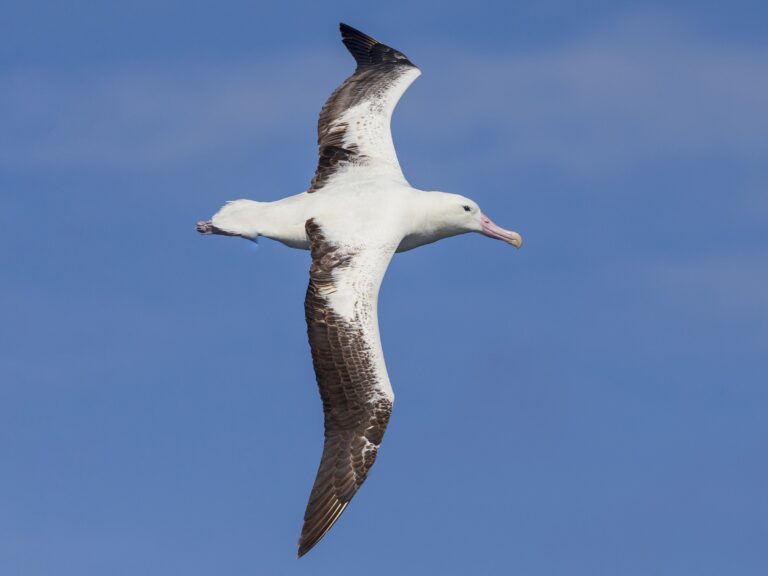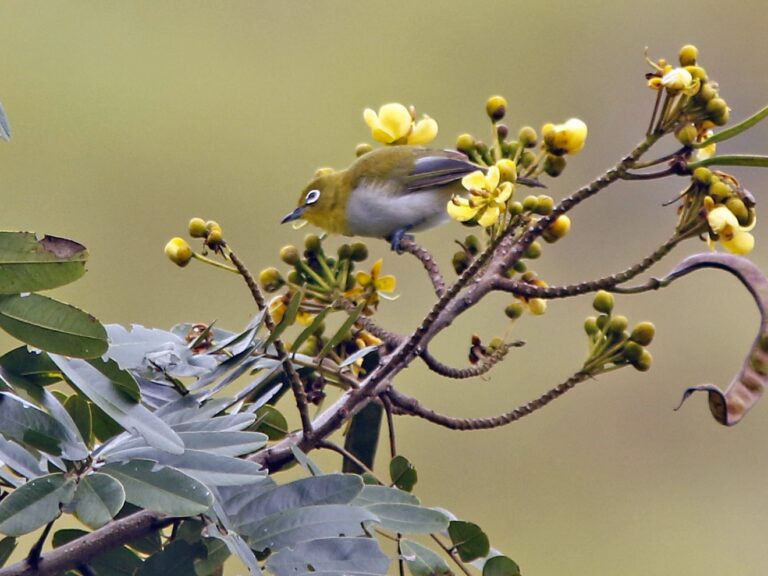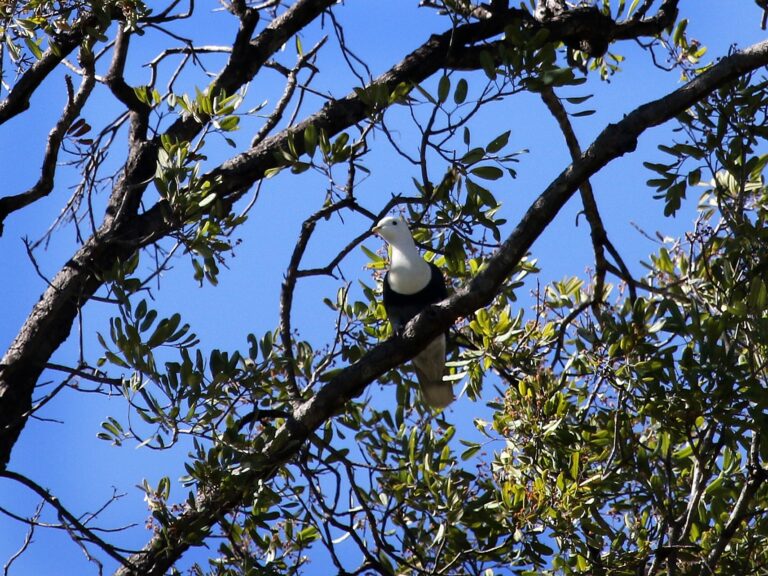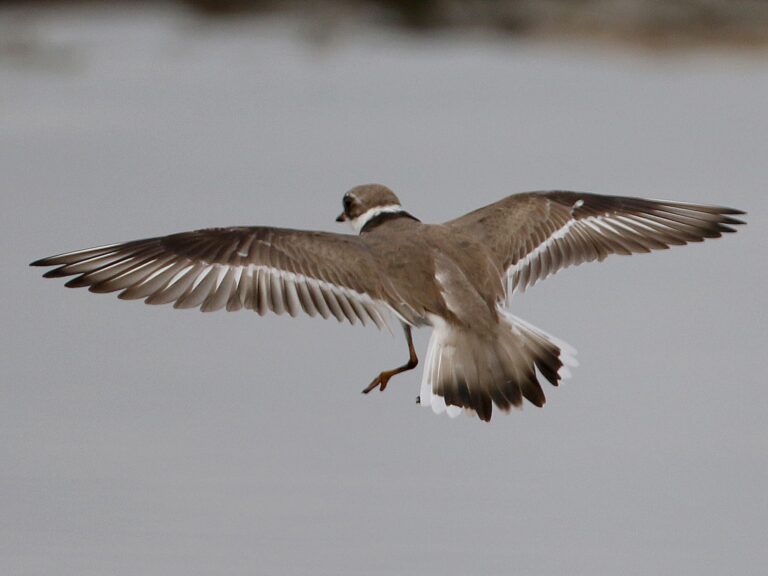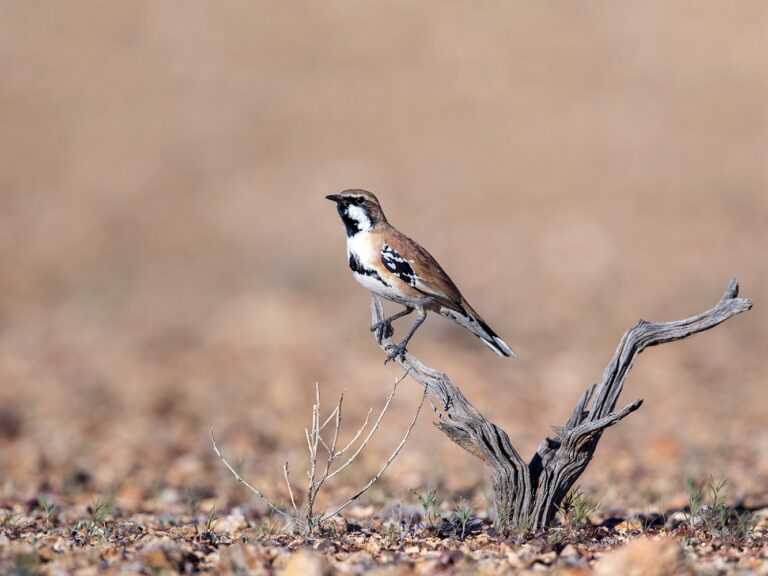Light-mantled Albatross: Insights into Its Habitat and Behavior
The Light-mantled Albatross is a fascinating seabird that captures the interest of bird watchers and nature lovers alike.
This bird is well known for its remarkable ability to glide over the ocean for hours, searching for food and showcasing its impressive wingspan.
It is a unique species, distinct from other albatrosses, with specific breeding habits and habitat preferences that contribute to its intriguing behavior.
These birds primarily thrive in the colder waters of the Southern Ocean, where they breed on remote islands.
Their striking gray and white plumage makes them easily identifiable among seabirds.
The Light-mantled Albatross also faces various threats, including habitat loss and climate change, which are important factors in conservation efforts.
Understanding the life of the Light-mantled Albatross offers insight into the delicate balance of marine ecosystems.
Whether learning about its foraging strategies or its place in the food web, this albatross presents a rich topic for exploration and appreciation.
Key Takeaways
- The Light-mantled Albatross has a distinctive appearance and impressive flying skills.
- It primarily inhabits the cold waters of the Southern Ocean during the breeding season.
- Conservation efforts are crucial to protect this seabird from environmental threats.
Taxonomy and Classification
The Light-mantled Albatross is classified within the family Diomedeidae.
This family includes several species known for their large wingspans and oceanic habits.
The scientific classification reflects both evolutionary relationships and specific characteristics.
Scientific Nomenclature
The Light-mantled Albatross is scientifically named Phoebetria palpebrata.
It belongs to the genus Phoebetria, which includes the Sooty Albatross as its closest relative.
The term “palpebrata” refers to the bird’s distinctive appearance, particularly its light-colored mantle that contrasts with its darker wings.
Phoebetria albatrosses are part of a larger group called Diomedeidae, which is known for diverse and adapted seabirds.
Within Diomedeidae, members are identified based on traits such as body shape, plumage coloration, and behaviors.
The Light-mantled Albatross plays a key role in the ecosystem as a top predator in marine environments.
Distribution and Habitat
The Light-mantled Albatross has distinct breeding grounds and an extensive range of movement. These aspects greatly influence its survival and behavior in the Southern Ocean.
Breeding Grounds
Light-mantled Albatrosses primarily nest on the Sub-Antarctic Islands. Key locations include South Georgia, Macquarie Island, and Campbell Island.
They prefer sea cliffs or rugged coastal areas for nesting, which provide shelter from predators.
During the breeding season, they show strong site fidelity, often returning to the same breeding sites each year.
The breeding population on South Georgia is notable for its stability, while nests on islands like New Zealand are vital for sustaining their numbers.
Range of Movement
Light-mantled Albatrosses cover large distances over the Southern Ocean. They are known to travel as far as Australia and the Antipodes in search of food.
Their foraging behavior is linked to oceanic fronts where prey is abundant.
Studies show that they tend to avoid areas with heavy sea ice but thrive in open waters.
These albatrosses display remarkable flight ability, allowing them to glide efficiently over the sea, maximizing their energy while searching for fish and squid.
Such extensive movement is crucial for their feeding strategy and overall survival in diverse marine environments.
Physical Description
The Light-mantled Albatross has distinctive features that set it apart from other albatross species. Its plumage and body dimensions contribute to its identification in the wild.
Plumage
The plumage of the Light-mantled Albatross is notable for its striking contrast. Its upper body is primarily a dark brown or sooty gray, while the underparts are a lighter shade.
The most striking feature is the pale mantle, which appears almost white, giving it a unique appearance when in flight.
The wings are long and narrow, emphasizing its grace in the air. The tips of the wings are dark, adding to the overall striking look.
Juvenile birds display a more mottled appearance, with browner feathers that lighten as they mature.
Size and Dimensions
In terms of size, the Light-mantled Albatross is relatively small compared to other albatross species.
It typically measures about 74 to 80 cm in length. The wingspan can reach impressive dimensions, averaging between 190 to 215 cm.
Adults weigh around 2.3 to 3.6 kg, making them lighter but still robust.
Their sleek body and long wings aid in dynamic soaring, allowing them to cover large distances with minimal energy.
This size and build help them adapt to their environment effectively, especially around subantarctic regions.
Behavior
The behavior of the Light-mantled Albatross includes unique feeding habits, distinct mating and breeding practices, and notable flight patterns. These aspects are essential for their survival and adaptation in their natural habitat.
Feeding Habits
Light-mantled Albatrosses primarily forage on squid and fish, which form the basis of their diet.
They use a method called scavenging, often following fishing vessels to benefit from discarded bycatch.
This behavior unfortunately makes them susceptible to threats like long line fishing.
They engage in both daytime and nighttime foraging, which allows them to take advantage of different prey availability.
Observations show that they often feed at the surface of the water, using their agility to snatch food quickly.
This species also uses cliff ledges for nesting, providing a strategic location for easy access to food while maintaining safety from predators.
Mating and Breeding
Light-mantled Albatrosses are monogamous and often form long-lasting bonds with their mates.
They typically engage in elaborate courtship displays that include aerial acrobatics and synchronized flight.
These displays help solidify their pair bonds and ensure successful breeding.
Nesting usually occurs on cliff ledges or rocky terrains, where they lay one egg per breeding cycle.
The incubation lasts about 11-12 weeks, with both parents sharing the responsibility.
After hatching, the chicks are fed a diet rich in regurgitated squid and fish, enabling rapid growth.
The breeding period lasts several months, during which the parents continue to care for the chick, fostering its development before it fledges.
Flight Patterns
Light-mantled Albatrosses are known for their exceptional flying abilities.
They use dynamic soaring techniques to cover vast distances while minimizing energy expenditure.
This skill allows them to glide efficiently above the ocean, searching for food and following weather patterns for foraging opportunities.
Their wingspan can reach over two meters, providing the lift needed to travel long distances with ease.
The albatross can also navigate rough seas, often riding the wind above waves.
They are observed to undertake extensive migratory journeys, taking advantage of thermal and wind conditions to enhance their flight efficiency.
This remarkable flight capability is vital for their foraging success and overall well-being.
Conservation Status
The conservation status of the Light-mantled Albatross highlights the key threats it faces and the efforts being made to protect its population in the Southern Oceans and at breeding sites such as the Antipodes Islands.
Threats
Light-mantled Albatrosses encounter several significant threats.
Longline fishing poses a major risk, as these birds can get caught on hooks and become entangled in fishing lines. This leads to injury or death, impacting population numbers.
Habitat degradation is another major threat.
In some areas, invasive species, like rabbits, damage nesting habitats, making it difficult for albatrosses to breed successfully.
The ongoing presence of human activity and climate change also affects their food availability and overall survival.
Conservation Efforts
Conservation efforts for the Light-mantled Albatross include annual population counts during the breeding season to monitor their numbers effectively.
Organizations recommend conducting these counts at key sites, such as the Antipodes Islands, where breeding occurs.
Additionally, regulatory measures limit the impact of longline fishing.
For instance, some areas where albatrosses forage are designated as protected zones.
Education campaigns raise awareness about the threats faced by these birds, and initiatives aim to reduce bycatch in fishing gear, ensuring a safer environment for Light-mantled Albatrosses in the Southern Oceans.
Frequently Asked Questions
The Light-mantled Albatross is a unique seabird known for its striking appearance and specific behavioral traits. Below are some common queries about this species.
How does the Light-mantled Albatross care for its young?
The Light-mantled Albatross shares parental duties with both parents taking turns to incubate the egg and feed the chick.
They typically lay one egg, and both adults are involved in nurturing the chick until it is capable of flight.
What type of habitat is preferred by the Light-mantled Albatross?
This species usually inhabits sub-Antarctic islands and coastal regions.
They are often found on cliff faces or rocky outcrops, where they can nest safely away from predators.
What are the distinguishing characteristics of the Light-mantled Albatross?
The Light-mantled Albatross is recognized by its light gray body, contrasting dark underwings, and characteristic white face. It has a slender build, which aids in its graceful flight.
How does the wingspan of the Light-mantled Albatross compare to other albatross species?
The wingspan of the Light-mantled Albatross typically ranges from 2 to 2.5 meters. This is smaller compared to larger albatross species, such as the Wandering Albatross, which can have a wingspan exceeding 3 meters.
What is the current conservation status of the Light-mantled Albatross?
Currently, the Light-mantled Albatross is classified as Near Threatened by the International Union for Conservation of Nature (IUCN). Threats to their population include habitat loss and fishing practices that lead to bycatch.
How does the diet of the Light-mantled Albatross differ from other albatross species?
The Light-mantled Albatross primarily feeds on squid, fish, and crustaceans.
While other albatrosses might have a broader diet, they often share similar food sources, differing mainly in foraging techniques and locations.


